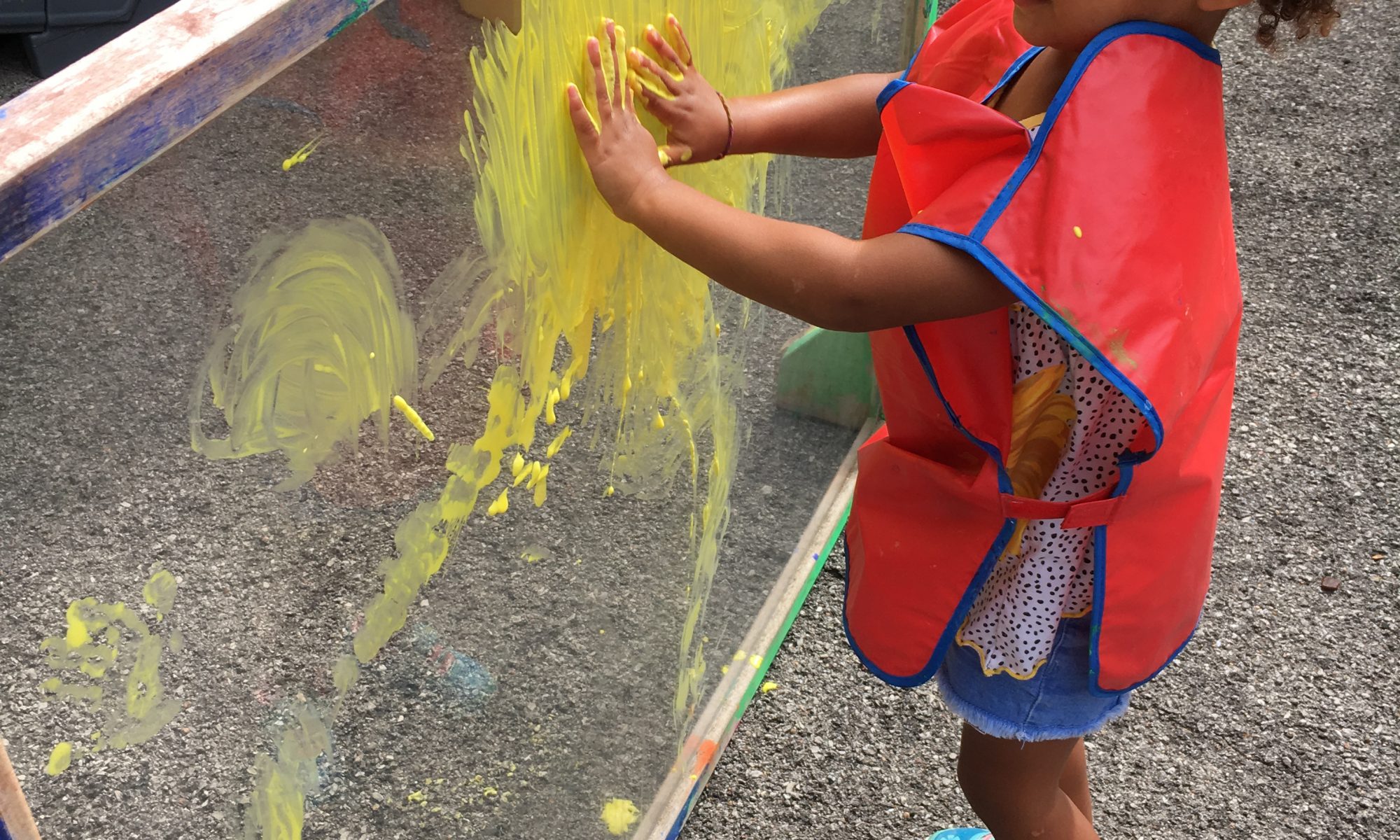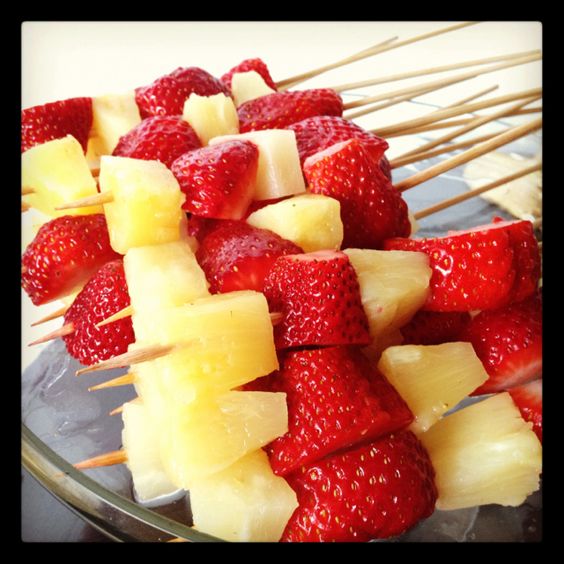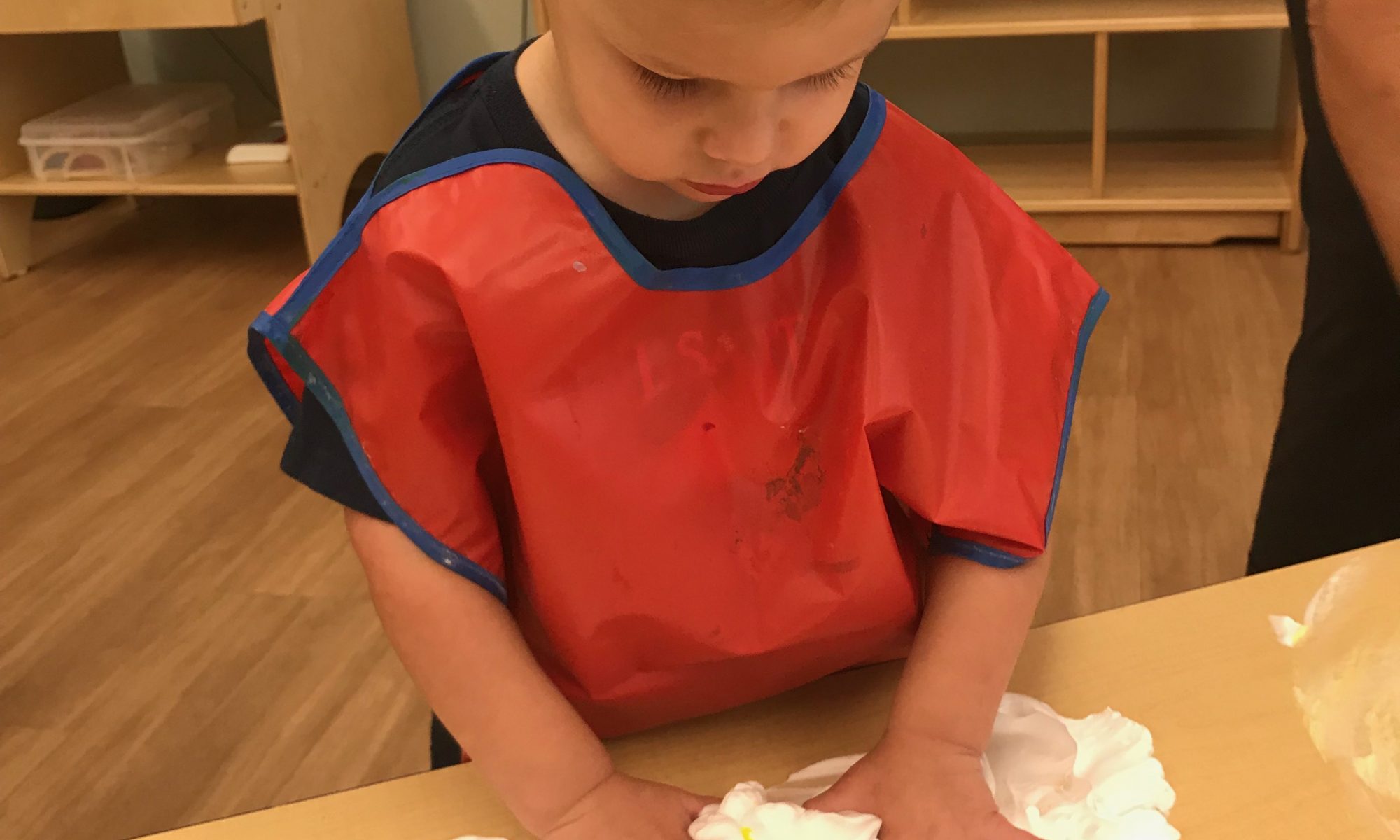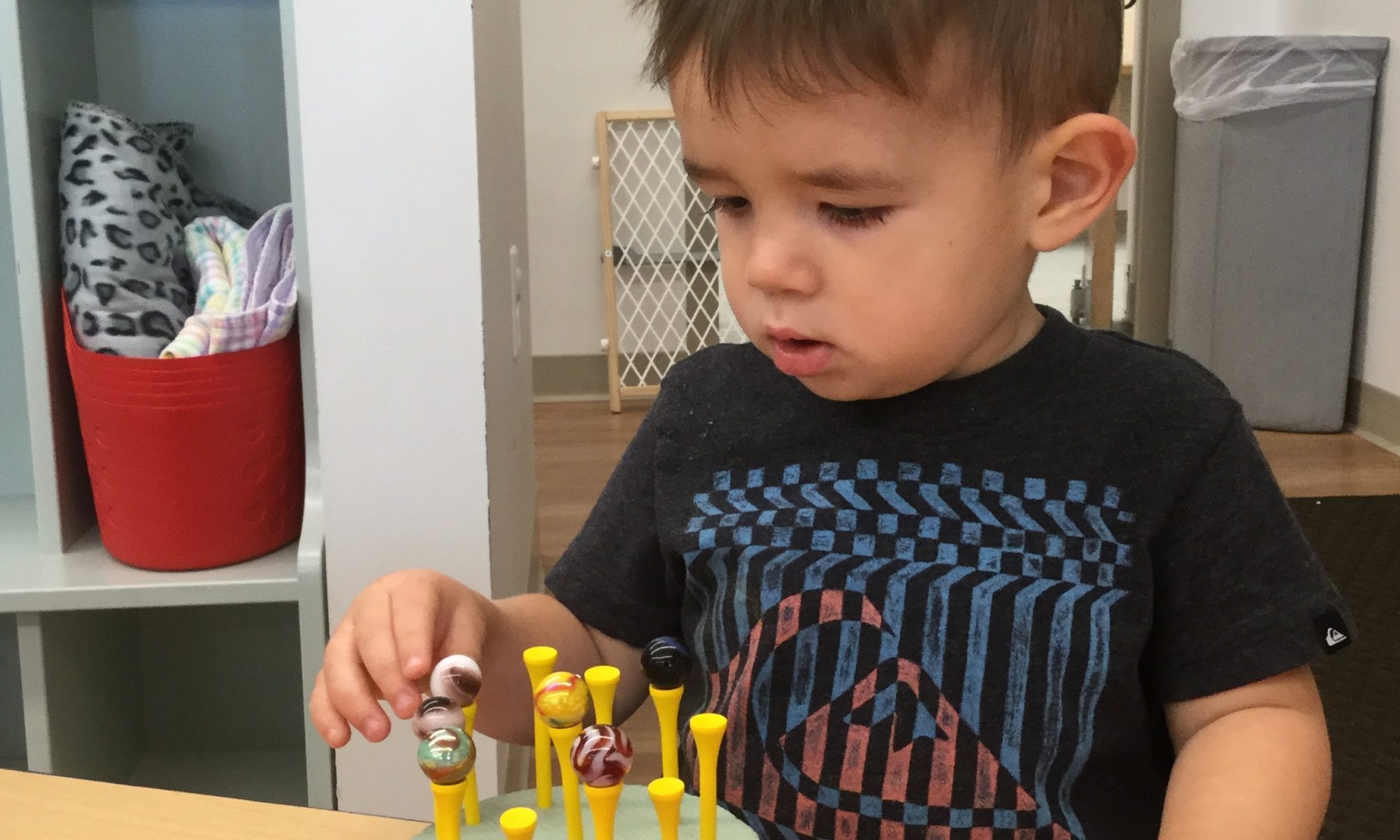Materials
Yellow tempera paint, thoroughly mixed with shaving cream
An acrylic transparent surface or tempered glass (a sliding glass door is a 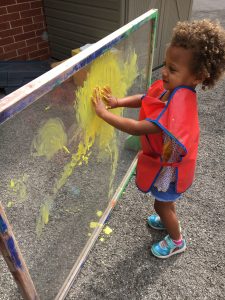 great option)
great option)
Plastic spoon
A piece of construction paper
One of dad’s old t-shirts for a paint smock
A squeegee and damp rag for easy cleanup
Directions
Squirt the shaving cream into a paper cup, almost to the top. Add liquid tempera paint and mix thoroughly. Add more tempera to get the shade you want. Use the spoon to drop the paint mixture onto your surface.
Demonstrate how to spread the paint around with your hand. Encourage your child to do the same. Show your child how to make lines and circles with her fingers. When finished painting, place the construction paper over the painting and smooth it gently with your hands to make a print. Use the squeegee for quick clean-up and the damp rag for little hands.

